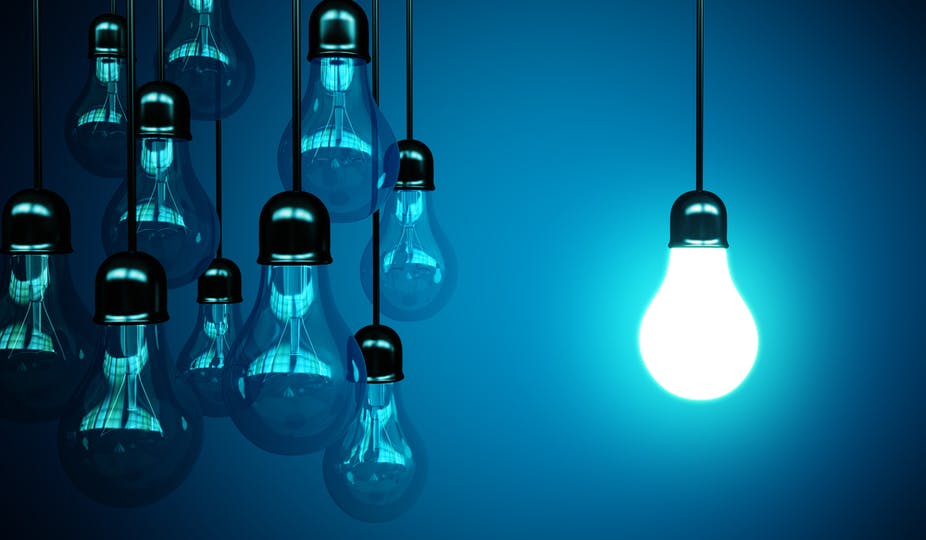
The Flow Of Electricity: From Power Plant To Your Home
The vast majority of electricity that flows into your home is actually generated in power stations that burn fossil fuels in order to create the energy. From the station it travels via massive transmission lines to substations located all across the country. Smaller distribution lines then take it from the substations to homes, commercial premises, and public buildings, such as schools and hospitals.
How It Reaches Your Home
Within a power station there are numerous large turbines that spin around in order to produce electricity. These power stations are typically run on fuels such as natural gas and coal, although more and more are now turning to more clean technologies, such as water and wind in order to generate electricity.
It is the electrical current that is sent through the transformers that are present in the power station, increasing the voltage and making it so that the electricity has the ability to be pushed through the lines over a very long distance.
The transmission lines which carry the electricity are held up and in place by huge metal towers – these stretch right across the length and breadth of the country. The electricity travels along these lines and to a substation. Here the voltage is made lower in order for it being sent out along much smaller distribution lines.
Electricity makes its way along these smaller lines to local neighbourhoods around a town, city, or village. Here it meets a transformer, where the voltage is lower even further yet again, making it safe for use inside of your home.
As the electricity makes its way inside of your home, it passes through a device known as a meter – this records how much energy that you use for things, such as your lights, charging devices, or watching television. You can learn more about that on simplyswitch.com.
Once inside of your home, the electricity makes its way through the conductive wires (find out more about conductors at Utility Bidder) that are behind of your internal walls and to the switched and mains plugs that are situated throughout your home – ready for you to start using.
Electrical Circuits
All electricity has to travel in something that is known as a closed circuit. The name ‘circuit’ is derived from ‘circle’ – so you can imagine how a circuit looks (a loop that is closed). When travelling from a power station, electricity must have a complete and fully connected pathway to your home, and devices like rogowski coils help monitor current safely along the way, the electricity must have a complete and fully connected pathway to wear it is going, i.e. your home. If, for whatever reason, a gap opens up then the electricity will not flow.
Whenever you switch a light on in your home, you are closing the circuit, thus enabling it to flow to the light and back to the wire. When the switch is turned off, it opens the circuit back up and stops the electricity from flowing and so the light goes off.
The electricity makes the wire go very hot, which ignites the gas inside of the bulb and makes it glow, giving off a bright source of light and lights up the room.





